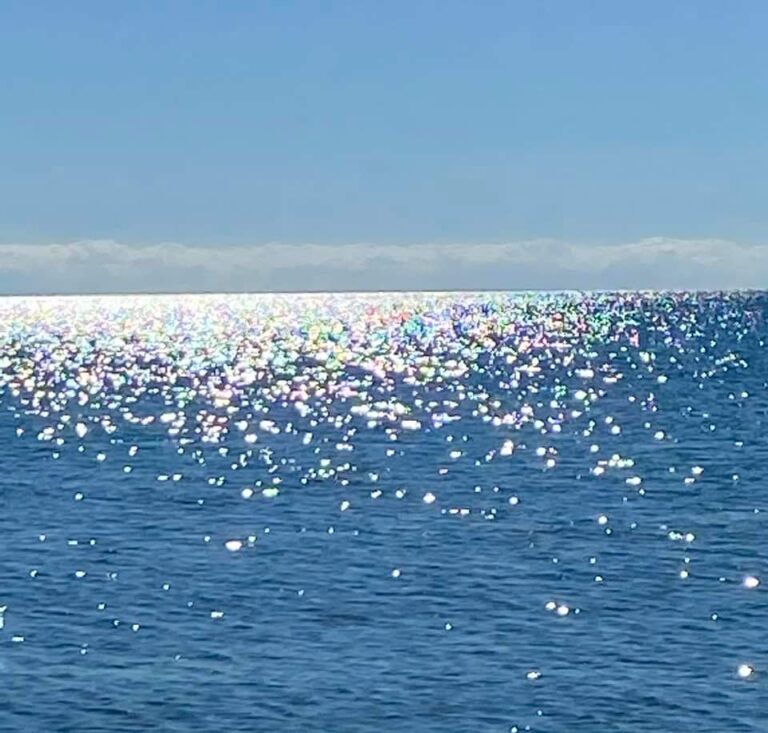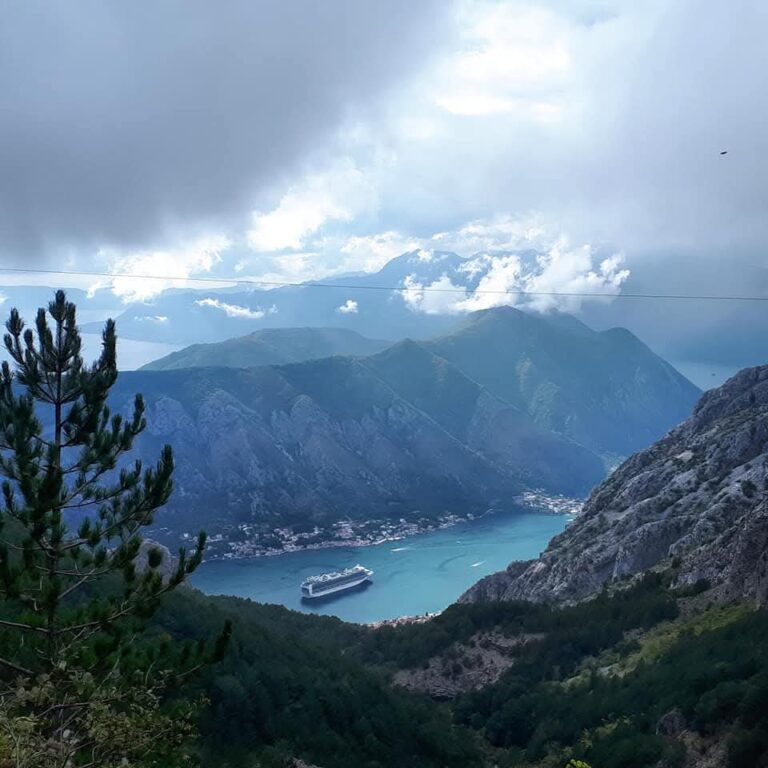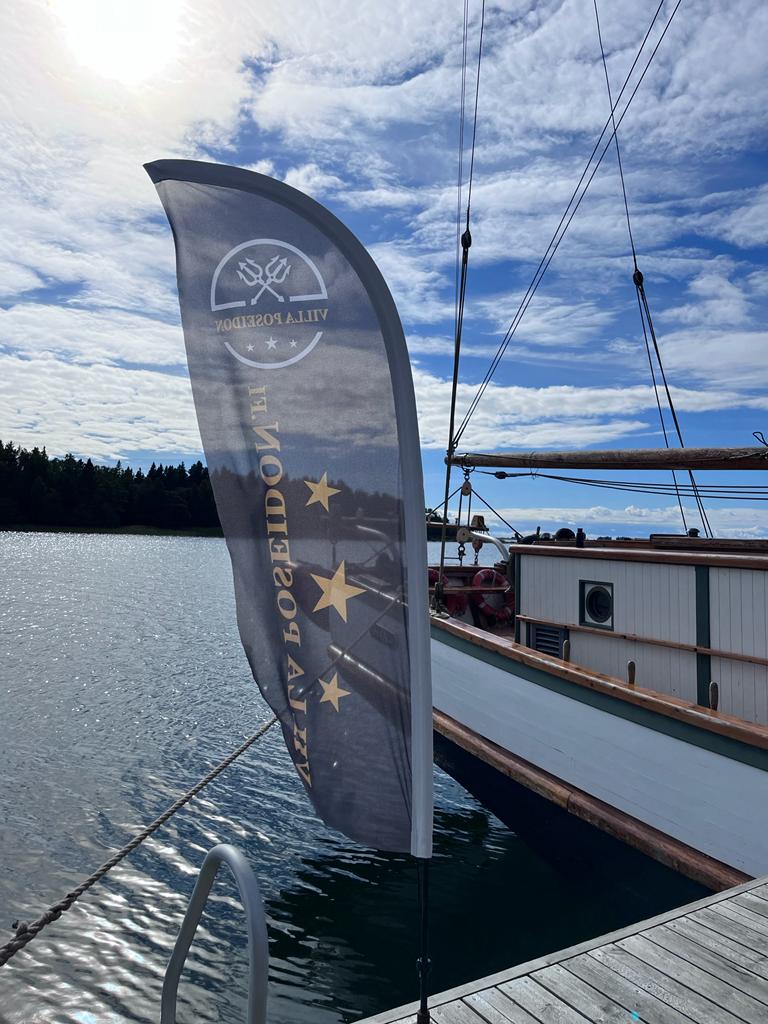The Fish Gets Real
| By Guest Blogger Anna Aqua – facts and figures of the oceans in a fun way! |

| Did you know why a fish can’t swim vertically? Or which is the oldest vertebrate animal on Earth? People breathe with their lungs and get oxygen from the air. It is necessary for us. People know how to hold their breath normally up to about two minutes – some even much longer. Croatian diver Budimir Buda Sobat holds world record for breath holding. Sobat held his breath in the pool up to 24 minutes and 33 seconds. Fish also need oxygen, but they don’t need to swim in water to the surface to breathe air. Fish don’t have lungs but gills, with which the fish separates oxygen from the water. Fish take water into their mouths opening and closing their lips and force it out through the gill passages. Why then dolphins and whales make frequent trips to the surface of the water to catch a breath? Because they aren’t fish at all. They are mammals, just like we humans. A person has about 300 bones at birth, but as an adult no more than about 206, which sounds a lot in all cases. This is because some human bones grow together with age. The fish on the other hand has a supporting skeleton which include the skull and spine. The fish moves in the water with its whole body and uses its tail to steer movement. By the way, did you know that anatomically the tail corresponds to the creatures living on land? It is interesting how land creatures and those living in waters differ in their movement and function. The caudal fins of fish have evolved via natural selection to be characteristic of each species. Tuna sickle tail helps to swim effectively over long distances. The broad tail of the pike is to their own whims. Fins are very important body parts for fish. The fins are like small paddles with which fish propel themselves forward, steer their swimming and maintain their balance in hard situations. The fins are also different in different fish species. For example, spiky fins protect the fish from predatory fish attacks. Many fish have a swim bladder that contains gases. The fish can regulate its swimming depth precisely with the help of the swim bladder. When there is a lot of gas, the fish becomes lighter and rises to the surface of the water towards. A fish can also decide that it wants to go deeper into the water. Then it reduces the amount of gas in the swim bladder. Air in the swim bladder is transferred either by swallowing movements or with the help of gas glands. Because of the swim bladder, the fish cannot make fast plunges vertically, otherwise the bladder would burst. Fish that thrive in groundwater do not have a swim bladder, as they do not also with cartilaginous fish, i.e. sharks and rays. They regulate swimming depth by constantly being in motion. You must have touched a scale sometime. They are like small nails in exact order. Together with the epidermis, the scales form the fish’s skin, and the function of the scales is to prevent the fish from drying out. With newly hatched ones the fry don’t have scales yet. The number of scales always remains the same, but they form growth rings with age – just like trees. Fish grow in length throughout their lives. How old the fish live depends on the fish species. In 2016, scientists discovered a female Greenland shark that lived for an estimated 392 years. Greenland shark set a record for the oldest living vertebrate. For example, she lived through the American revolution and two world wars. Probably the world’s oldest fish living in an aquarium is called Methuselah. It is about 1.2 meters long and weighs a good 18 kilograms a heavy Australian lungfish – and it is about 90 years old. Methuselaheh likes pork chops and fresh figs. |

See: brunomaximus.net
Suggested link:





